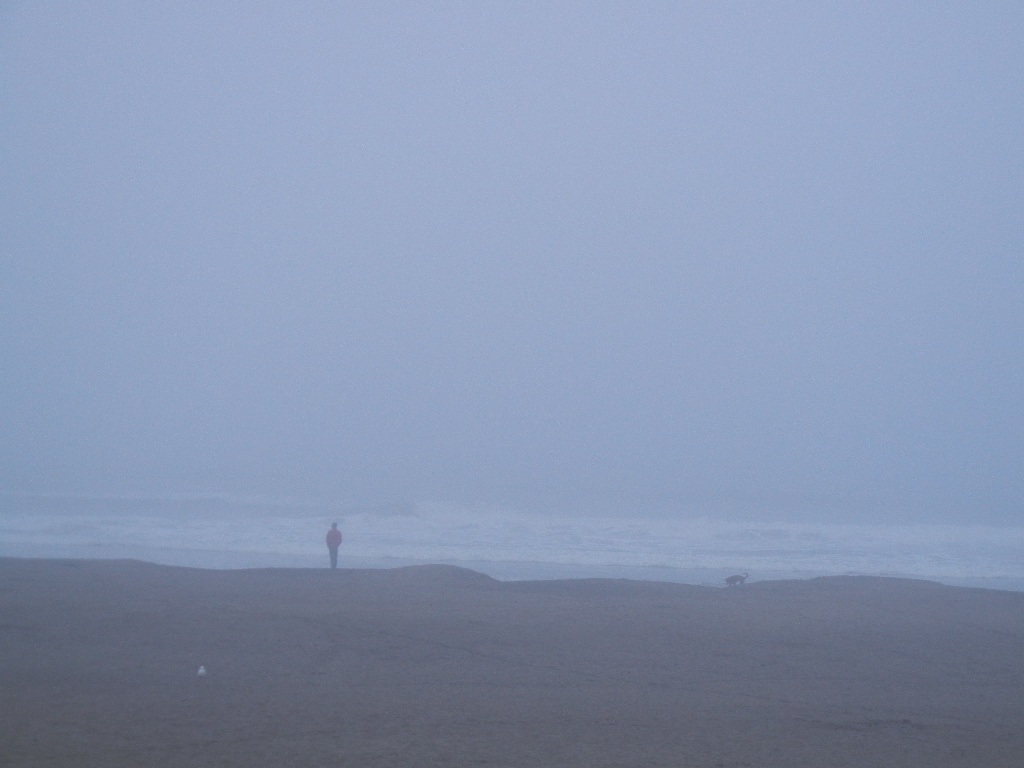At altitudes near sea level where the earth's horizon is sharp, it may be at eye level per Earth Not a Globe's explanation of finite perspective lines. This has not been disproven.
Well, you can't disprove it experimentally, to do so involves experiments over infinite distances which are a bit tricky...
I disproved it in the other thread using geometry and common sense though. Photons coming from two parallel lines going away from you will meet at your eye at an angle. That angle depends on how far you look into the distance. But it's a triangle, your eye is one corner, the other two corners are the points you're looking at on the two parallel lines. At which point does the angle at your eye become zero? It has to be infinity. The distance between the lines remains constant, that's what parallel means. The only thing that changes is the distance you look so the angle gets smaller but never zero. Obviously way before infinity the angle will be too small for you to distinguish the two lines but that is a limit of your vision. Optical magnification will resolve them.
We know that from an international flight the horizon is just a foggy mess.
At various other altitudes and atmospheric conditions, the situation is less clear; but you may keep trying. I can see in that video that it is not the clearest day.
Actually, the round earth explanation of this is quite simple. You are looking over a curve and the horizon is simply where you see the edge of the earth - quite poetic when you think of it that way, but that is what you are seeing:

From this diagram you can see that the higher you are the further you can see over the curve. That is why the horizon is further away the higher you go. I don't know what the FE explanation of that would be, if in your world the horizon is merging perspective lines, why would the distance they do so vary with your altitude?
Whether the horizon is sharp simply depends on whether visibility is good enough to see as far as the horizon is, that is more likely to be at ground level because the horizon is not as far away, but on a foggy day the horizon won't be sharp at ground level either:

So yes, on a flight the horizon is often hard to see because the distance to the horizon at that height is often further than clear visibility - and you're above clouds which can obscure the horizon.
In the picture used in that video the horizon was sharp enough, there was no gradual fading out as there would be if the real horizon was actually further away.
Your objections really are getting increasingly desperate and is lending more weight to my theory that you don't believe any of this and just enjoy debating from an impossible position.